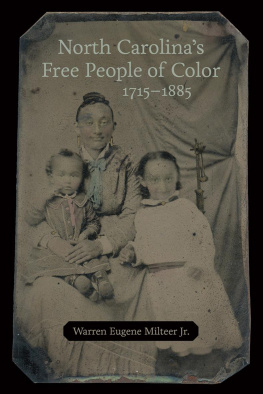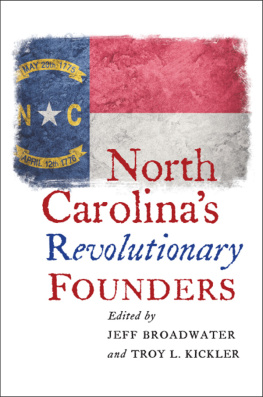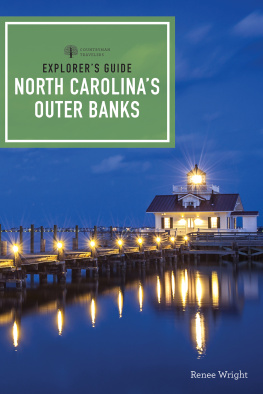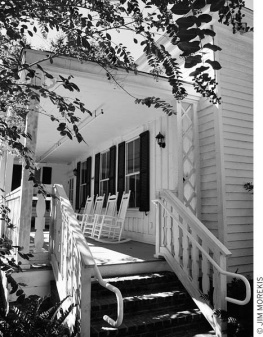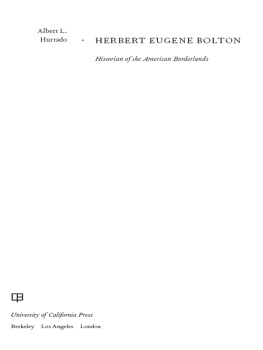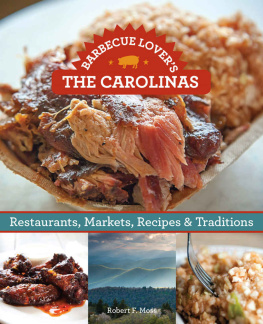Published by Louisiana State University Press
Copyright 2020 by Louisiana State University Press
All rights reserved
Manufactured in the United States of America
First printing
DESIGNER: Michelle A. Neustrom
TYPEFACE: Livory
PRINTER & BINDER: Sheridan Books, Inc.
LIBRARY OF CONGRESS CATALOGING-IN-PUBLICATION DATA
Names: Milteer, Warren E., Jr., author.
Title: North Carolinas free people of color, 17151885 / Warren Eugene Milteer Jr.
Description: Baton Rouge : Louisiana State University Press, [2020] | Includes bibliographical references and index.
Identifiers: LCCN 2019047542 (print) | LCCN 2019047543 (ebook) | ISBN 978-0-8071-7176-9 (cloth) | ISBN 978-0-8071-7377-0 (pdf) | ISBN 978-0-8071-7378-7 (epub)
Subjects: LCSH: Free African AmericansNorth CarolinaHistory. | Racially mixed peopleNorth CarolinaHistory. | North CarolinaRace relationsHistory.
Classification: LCC E185.93.N6 M58 2020 (print) | LCC E185.93.N6 (ebook) | DDC 305.8009756dc23
LC record available at https://lccn.loc.gov/2019047542
LC ebook record available at https://lccn.loc.gov/2019047543
The paper in this book meets the guidelines for permanence and durability of the Committee on Production Guidelines for Book Longevity of the Council on Library Resources.

Introduction
I n 1902, not long after the publication of a series of now-famed works that included The Conjure Woman, and Other Conjure Tales and The Wife of His Youth and Other Stories of the Color-Line, Charles Waddell Chesnutt sat down to pen a lesser-known article titled The Free Colored People of North Carolina for Hampton Institutes Southern Workman. Born to parents who were free persons of color before the Civil War, Chesnutt used his intimate knowledge of the population of his study along with other sources to describe the social position and ancestral origins of the free colored people. He wrote that the status of these people, prior to the Civil War, was anomalous but tenable. In describing their origins, Chesnutt mentioned mixtures between Negroes, whites, and Indians. He argued that many free people of color, perhaps most of them, were as we have seen, persons of mixed blood.
A Disorderly American South
For over a generation, historians have depicted eighteenth- and nineteenth-century North Carolina and the rest of the American South as regions dominated by strict racial hierarchies. Their versions of the American South usually include three distinct groups: whites, blacks, and Indians encapsulated in a social hierarchy that placed whites over all other groups. Yet the stories of those categorized as free people of color reveal a more disorderly American South. In the colonial and early national periods, North Carolinians and their laws privileged the free over the enslaved, regardless of the racial categories ascribed to them. While the degree to which free people of color were the legal superiors of slaves varied across time, this book argues that the legal position of free people of color generally remained closer to that of whites than to that of slaves. Orlando Patterson explained that slaves were the socially dead agents of their masters with no legally recognized connection to kin or ancestors. Historians have repeatedly shown that slaves in every society developed strong social bonds, but none of those relations were legally binding. In contrast, North Carolina law always allowed free people of color, like whites, legal personhood and recognized connection to kin. Even during the 1850s and 1860s, when legal limitations were greatest, free people of color retained numerous privileges unavailable to enslaved persons, including the right to own property, access to the courts, the right to keep their wages, and the freedom to leave the state without permission.
Free people of color from the colonial period through Reconstruction faced many social, economic, and legal challenges. Prejudice, poverty, and violence were among their various experiences. Yet these obstacles never condemned them to a position close to slave status. The ability to own real and personal property, seek restitution in the courts, and maintain legally recognized bonds to family distinguished even the poorest free person of color from the most fortunate slaves. At any moment, the circumstances of an enslaved person could change forever with the death of a master, a collection of a debt, or a masters decision to sell an enslaved person away from all things familiar. Many enslaved people never met such changes in circumstance, but the possibility that lingered over them made their position distinct in comparison to free persons.
North Carolinians attempts to categorize themselves into races imbued with specific legal and social privileges, natural attributes, and values always conflicted with their efforts to understand one another in terms of gender, class, reputation, kinship, and occupation. This internal struggle prevented them from agreeing about the proper social relations between those categorized as white and those classified as free people of color. Across time, radical political figures emerged who preached that free people of color and slaves were part of a degraded race naturally beneath all whites. Yet their ideology fully captured the minds of only some people. Following Chief Justice Roger B. Taneys pronouncement in the Dred Scott decision that people of color were not citizens, white politicians in North Carolina as a whole rejected the opportunity to adopt the radical proslavery point of view and instead continued to argue that free people of color were citizens of the state.
For many North Carolinians, radical proslavery beliefs failed to fulfill their practical needs in certain situations to understand their neighbors outside of a racialized worldview. Unlike their radical counterparts, they could still be advocates for slavery but not use free people of color as scapegoats for societal ills and their bondspeoples agitations. North Carolinians viewed racial categorization as important only in certain contexts. Discrimination based on racial categorization was situational. As a result, for most of the period in which free people of color operated as a category, free men of color, who could vote until 1835, had more political rights than white women did. In a society that privileged the wealthy over the poor, propertied free people of color had access to exclusive social networks and, for a short period, additional political privileges such as the right to vote for senators, which neither women nor propertyless white men could access. Skilled free people of color found niches in a labor-short economy and even negotiated with their alleged social superiors. Throughout the period in which slavery existed in North Carolina, free people of color carved out spaces to raise their families, make a living, and sometimes enjoy lifes luxuries. They built a variety of social networks with neighbors, free and enslaved, white and of color. Free people of color never made up a segregated racial community of their own, nor did they form a wide alliance with enslaved people. Sometimes the political or social objectives of free people of color and enslaved persons intersected, just as the goals of whites and free people of color overlapped.





